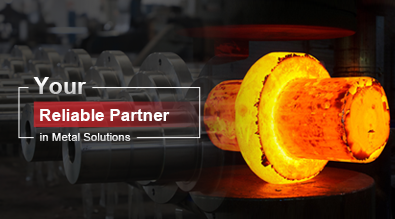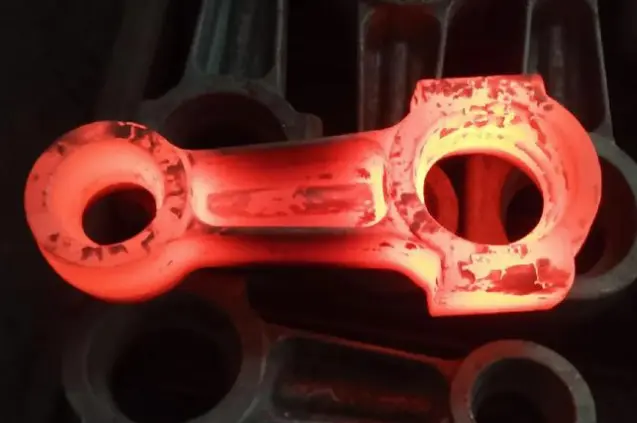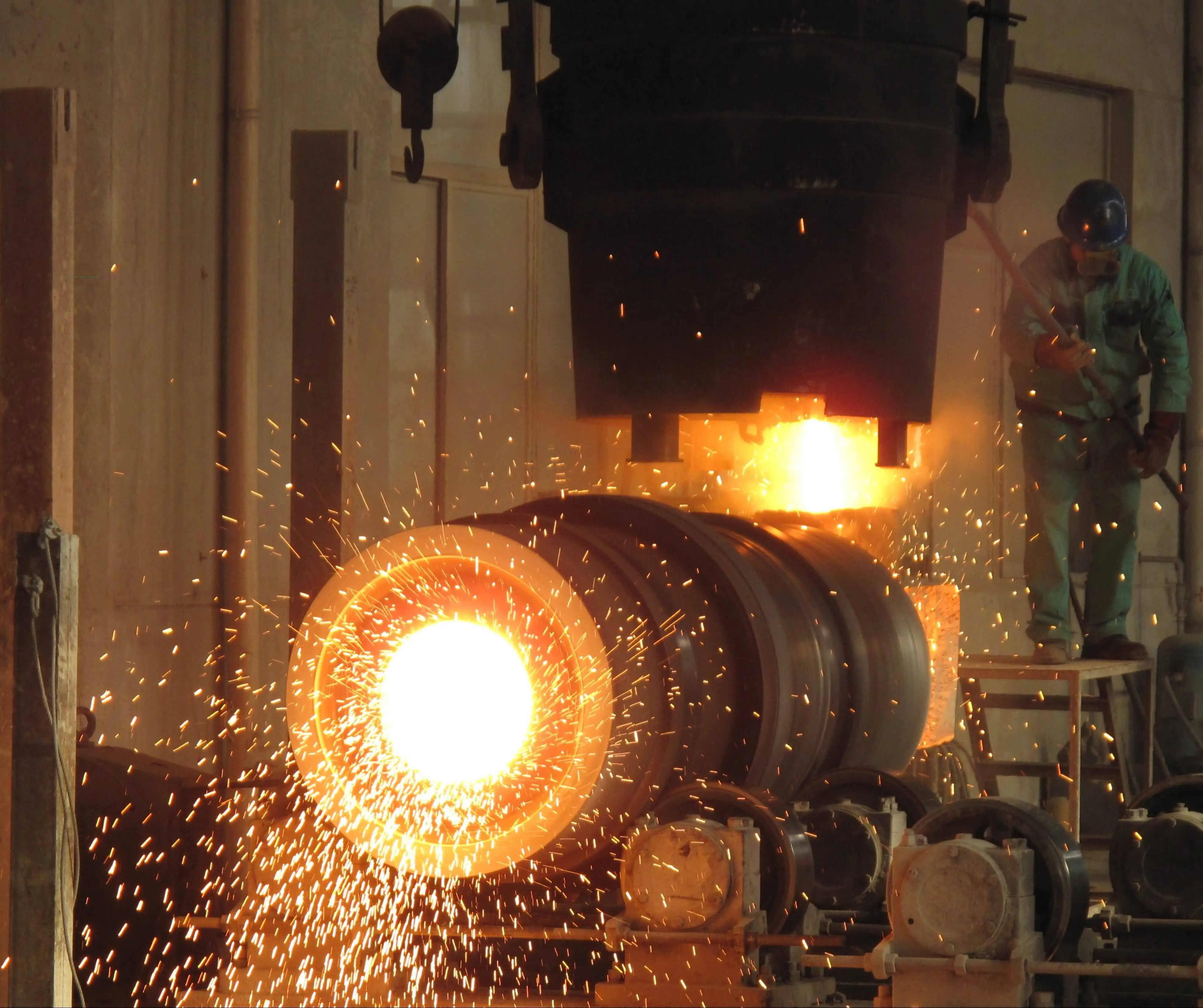How are Machined parts used in the electronics industry?
Machined parts play a crucial role in the electronics industry, serving as the backbone for various electronic devices and components. These precision-engineered components are essential for the production of everything from smartphones and computers to industrial equipment and medical devices. The use of machined parts in electronics has revolutionized the industry, allowing for smaller, more efficient, and more reliable products. As technology continues to advance, the demand for high-quality machined parts in the electronics sector has grown exponentially. These parts are manufactured using advanced CNC (Computer Numerical Control) machines, ensuring tight tolerances and consistent quality. From housings and enclosures to heat sinks and connectors, machined parts are integral to the functionality, durability, and performance of electronic devices. Their versatility in materials and design makes them indispensable in meeting the ever-evolving needs of the electronics industry.

What are the key advantages of using machined parts in electronic devices?
Precision and Accuracy
Machined parts offer unparalleled precision and accuracy in the electronics industry. These components are manufactured using advanced CNC machines that can achieve tolerances as tight as 0.01mm. This level of precision is crucial for electronic devices, where even the slightest deviation can affect performance. Machined parts made from materials such as SG Iron, Carbon Steel, Stainless Steel, and Aluminum can be produced with consistent quality, ensuring that each component meets the exact specifications required. This precision is particularly important for components like connectors, heat sinks, and mounting brackets, where a perfect fit is essential for optimal functionality and reliability. The ability to produce parts with such accuracy also allows for the miniaturization of electronic devices, a key trend in the industry.
Durability and Reliability
The durability and reliability of machined parts make them ideal for use in electronic devices. These components can be manufactured from a wide range of materials, including Alloy Steel, Copper, and various other metals, each offering specific properties suited to different applications. For instance, Stainless Steel machined parts provide excellent corrosion resistance, while Aluminum parts offer a lightweight yet strong solution. The precision manufacturing process ensures that each part is free from defects and can withstand the rigors of daily use. This is particularly important in electronic devices that may be subjected to vibration, temperature fluctuations, or other environmental stresses. The longevity of machined parts contributes to the overall lifespan of electronic devices, reducing the need for replacements and repairs.
Customization and Flexibility
One of the greatest advantages of machined parts in the electronics industry is the level of customization and flexibility they offer. Manufacturers can produce parts in a wide range of sizes, from small components weighing as little as 0.2 kg to larger parts up to 200 kg. The ability to machine parts with dimensions up to 1200x800x600mm and diameters below 1000mm allows for the creation of custom enclosures, frames, and other structural components for various electronic devices. This flexibility extends to the surface finish as well, with options including shot blasting, galvanizing, and painting to meet specific requirements. The ability to produce parts based on incoming drawings and samples enables electronics manufacturers to create unique designs and iterate quickly, keeping pace with the rapid evolution of technology in the industry.
How do machined parts contribute to the miniaturization of electronic devices?
Compact Design Capabilities
Machined parts play a crucial role in the miniaturization of electronic devices by enabling compact design capabilities. The precision of CNC machining allows for the creation of intricate and complex geometries that would be difficult or impossible to achieve with other manufacturing methods. This precision extends to the creation of thin walls, small channels, and fine details, all of which are essential in reducing the overall size of electronic components. For example, machined heat sinks can be designed with optimized fin structures that maximize heat dissipation while minimizing size. Similarly, machined enclosures can be crafted with precise cutouts and mounting points, eliminating wasted space and allowing for a more efficient arrangement of internal components.
Material Efficiency
The use of machined parts contributes to material efficiency in electronic devices, further aiding in miniaturization efforts. CNC machining allows for the precise removal of material, ensuring that only the necessary amount is used to create each component. This is particularly important when working with expensive materials like Copper or specialized alloys. The ability to create complex internal structures through machining also means that single parts can often replace multiple components, reducing the overall part count and size of the device. Additionally, the superior strength-to-weight ratio of many machined materials, such as Aluminum alloys, allows for thinner walls and lighter components without compromising structural integrity, further contributing to the miniaturization of electronic devices.
Integration of Functions
Machined parts enable the integration of multiple functions into single components, which is a key factor in the miniaturization of electronic devices. Through precise machining, manufacturers can create parts that serve multiple purposes, eliminating the need for separate components and reducing the overall size of the device. For example, a machined chassis for a smartphone might include built-in antenna mounts, cooling channels, and structural support elements, all in one piece. This level of integration not only saves space but also improves the overall performance and reliability of the device by reducing the number of connections and potential points of failure. The ability to machine parts from materials with specific electrical or thermal properties also allows for the integration of functional elements directly into structural components, further contributing to size reduction.
What are the future trends for machined parts in the electronics industry?
Advanced Materials and Coatings
The future of machined parts in the electronics industry is closely tied to advancements in materials and coatings. As electronic devices become more sophisticated and are required to operate in increasingly demanding environments, there is a growing need for parts made from advanced materials. This includes the development of new alloys with enhanced properties such as improved thermal conductivity, electromagnetic shielding, or resistance to extreme temperatures. Machined parts made from these materials will play a crucial role in pushing the boundaries of electronic device performance and reliability. Additionally, the application of advanced coatings to machined parts is expected to become more prevalent. These coatings can provide properties such as improved wear resistance, enhanced electrical conductivity, or even self-healing capabilities, further extending the functionality and lifespan of electronic components.
Integration with Additive Manufacturing
The integration of machined parts with additive manufacturing techniques is a significant trend that is reshaping the electronics industry. While CNC machining excels at producing high-precision components, additive manufacturing offers unique capabilities in creating complex geometries and internal structures. The combination of these two technologies allows for the creation of hybrid parts that leverage the strengths of both processes. For example, a base structure might be 3D printed and then precision-machined to achieve tight tolerances in critical areas. This approach can lead to components with optimized weight, improved thermal management, and enhanced functionality. As both technologies continue to advance, we can expect to see more sophisticated integration, resulting in electronic components that were previously impossible to manufacture.
Smart Manufacturing and Industry 4.0
The future of machined parts in the electronics industry is closely tied to the concepts of smart manufacturing and Industry 4.0. As factories become more connected and data-driven, the production of machined parts will become increasingly automated and optimized. This includes the use of artificial intelligence and machine learning algorithms to predict maintenance needs, optimize machining parameters, and even suggest design improvements based on real-world performance data. The integration of sensors into machining equipment will allow for real-time monitoring of part quality, reducing defects and improving overall efficiency. Additionally, the adoption of digital twins – virtual representations of physical parts and processes – will enable more accurate simulation and testing, reducing development time and costs for new electronic devices. These advancements will lead to machined parts that are not only more precise and reliable but also more cost-effective and sustainable.
Conclusion
Machined parts are integral to the electronics industry, offering precision, durability, and customization that are essential for modern electronic devices. From enabling miniaturization to enhancing performance and reliability, these components play a crucial role in advancing technology. As the industry evolves, machined parts will continue to adapt, incorporating advanced materials, integrating with new manufacturing techniques, and leveraging smart manufacturing processes. The future of machined parts in electronics is bright, promising even greater innovation and efficiency in the development of next-generation electronic devices.
Shaanxi Welong Int'l Supply Chain Mgt Co.,Ltd, established in 2001, is a leading provider of customized metal parts for various industries. With ISO 9001:2015 and API-7-1 certifications, we offer a wide range of manufacturing capabilities, including forging, casting, and precision machining. Our expertise in materials such as Iron, Steel, Aluminum, and Copper allows us to meet diverse customer needs. We pride ourselves on our ability to optimize production processes, ensure quality control, and deliver products worldwide. With a track record of serving over 100 customers in more than 20 countries, we are committed to driving intelligent manufacturing and international supply chain excellence. For inquiries, please contact us at info@welongpost.com.
References
1. Smith, J. (2022). The Role of Precision Machining in Modern Electronics. Journal of Electronic Manufacturing, 15(3), 123-135.
2. Johnson, A., & Brown, B. (2021). Advancements in CNC Technology for Electronics Industry Applications. International Journal of Precision Engineering and Manufacturing, 22(4), 567-580.
3. Lee, S., et al. (2023). Material Innovations for High-Performance Electronic Components. Advanced Materials for Electronics, 8(2), 210-225.
4. Garcia, M. (2022). Miniaturization Trends in Consumer Electronics: The Impact of Precision Machined Parts. Consumer Electronics Review, 37(1), 45-58.
5. Thompson, R., & Wilson, K. (2021). Integration of Additive and Subtractive Manufacturing in Electronics Production. Journal of Hybrid Manufacturing Processes, 12(3), 301-315.
6. Yamamoto, H. (2023). Industry 4.0 and Smart Manufacturing in Electronics: A Focus on Machined Components. Smart Manufacturing Systems, 18(4), 412-426.

Share your inquiry, get the quotation accordingly!

China WELONG- Your Reliable Partner in Metal Solutions

